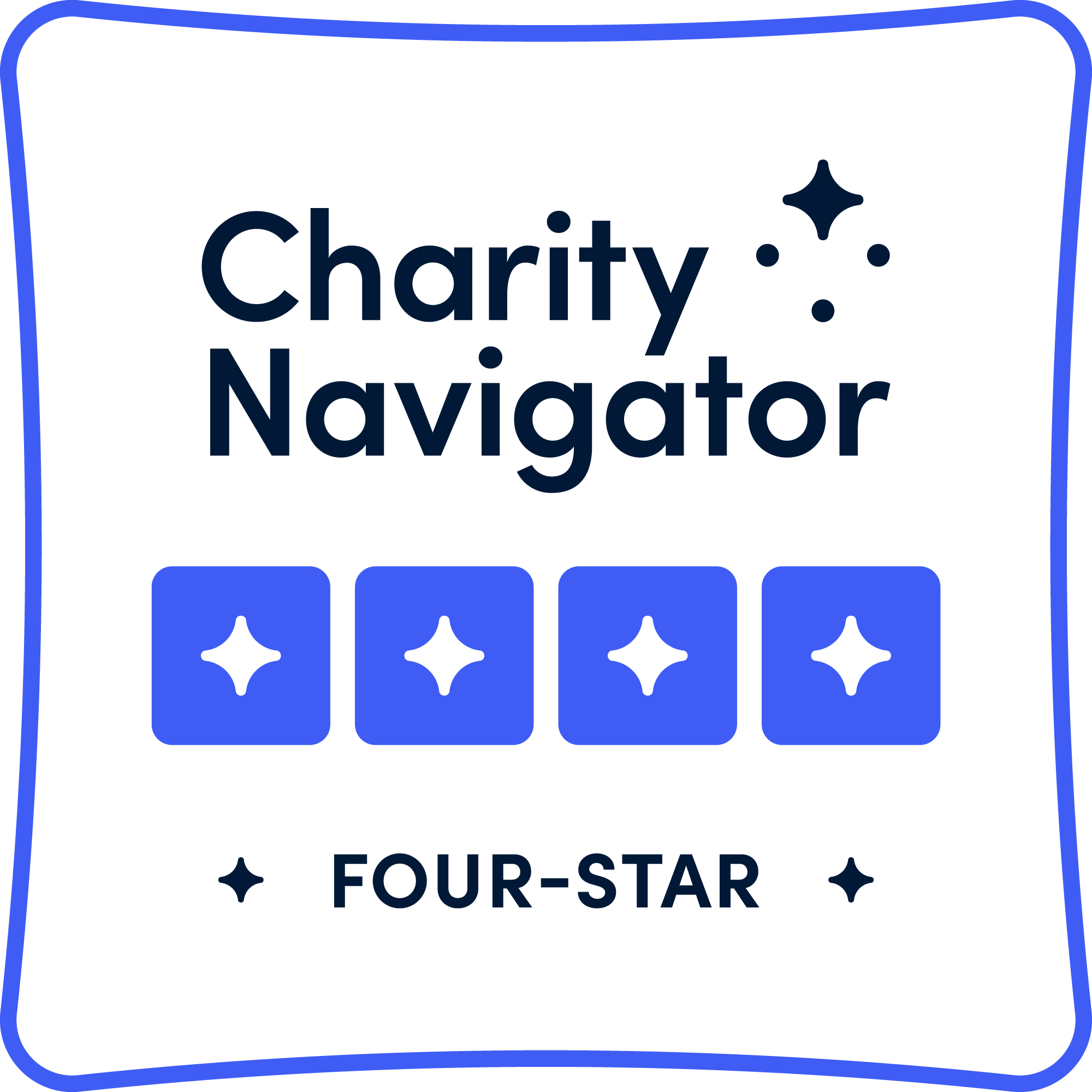How do we attract historically underrepresented groups of students to our institutions—that is, first-generation college students; Black, Indigenous, and other students of color; and students from low-income backgrounds? How do we best serve them at our institutions? How do we retain them and support them to persist and graduate? Academia, or rather the postsecondary education sector at large, has long been asking itself these questions, and we have been asking them because the data are crystal clear: while BIPOC students are overrepresented as the first in their families to go to college, first-generation college students are twice as likely to withdraw from their postsecondary education in the first two years of matriculation than their non-first-generation counterparts (Cataldi et al., 2018; Center for First-Generation Student Success, n.d.). For every 100 students that are first-generation and from low-income backgrounds, current data indicates that only 10 will graduate within six years (EAB, 2019).
These numbers are stark, so our solutions to change this paradigm must be bold. At my organization, the Opportunity Network (OppNet), we seek solutions by working with first-generation students of color from low-income backgrounds to provide the training and skills to apply to best-fit colleges, persist, and graduate. Founded in 2003 and based in NYC, OppNet recruits students in the 10th grade to join our intensive six-year Fellows Program, which begins junior year in high school and continues through college graduation. Fellows attend our Summer Institute, which is followed by weekly workshops throughout the school year, a multi-night regional college tour, an eight-month SAT/ACT prep class, and the first of five paid resume-building summer internships or enrichment experiences. The senior-year program begins with our College Application Boot Camp, continues with weekly workshops, and is supplemented by individualized college guidance, including personalized essay coaching. Fellows are then supported for their approaching college matriculation through our College Transition Boot Camp and experiential workshops.
We follow our students wherever they go, so we have students represented at over 130 campuses across the nation. Ninety-two percent of our Fellows graduate college within six years. In supporting their college navigation, we have come to learn from our student community—this year, 1,030 strong—what matters most in building trust, engaging their interests, and serving as real resources to them with a shared goal of their college success.
Based on our experience and lessons learned at OppNet, below are four steps that your institution can take to successfully engage, support, and retain BIPOC students.
1. Tell your institution’s history as it relates to historically underrepresented communities
When you welcome your newest class of students, tell them the full history of your institution. Share with them the year it admitted its first woman student, its first Black student, or its first Indigenous student. Tell them when your institution launched its first-generation student recruitment and programming and why it was important to your institution to do so. Tell them what the expected college graduation rate is for students who share their lived experiences. Students want to know the real history because it helps them locate their place in the institution’s arc of change and to form a fuller perspective. Give them the information so students don’t have to make assumptions about why the information is missing in the first place.
2. Treat “first” as an asset and not a deficit
Deficit narratives about first-generation and BIPOC students from low-income backgrounds are harmful and inaccurate. Being the first in their families to attend and eventually graduate from college means these students had to chart new paths, uncover hidden information, build new bridges, and likely carry the hopes and dreams of their loved ones. To be the first requires extensive leadership skills and deep resilience. Instead of consciously or unconsciously supporting a narrative where first-generation and BIPOC students are treated as affirmative action quotas, engage with first-generation students and treat them as the leaders that they are. Invite them to leadership lunches with your dean, ask them to speak on student panels, thank them for enriching your campus and institution with their diverse backgrounds and rich cultures.
3. Provide proactive and responsive care and support
Most resources on campus—such as mental health supports, emergency funding, career services, tutoring, and study abroad—are passive. Students must first know that a given resource exists; second, assume they are allowed to access it; and finally, know the who, when, where, and how of accessing it. The passive structure of resources presents as a barrier to first-generation students because it falsely assumes that students know these resources exist and are meant for all students. Campus administrators should host information sessions with first-generation students at least twice per semester to make visible and accessible all the resources available to them as students. The information sessions should be immediately followed by advising office hours to give students the ability to ask questions, make appointments, and apply to opportunities.
4. Train faculty, administrators, and staff to have racial literacy and to be culturally competent
In an ever-globalized world, faculty, administrators, and staff are considered outdated or irrelevant if they do not invest in their own racial literacy and cultural competency (Reyes, 2019). By the year 2045, people of color will no longer be in the minority (Frey, 2018). As we live through the height of the current racial justice and civil rights movement, some institutions, such as the University of Pittsburgh, are setting new norms by requiring incoming first-year students to take anti-racism coursework (New Anti-racism Course, 2020). The objective of investing in racial literacy across your entire institution is to capture the full history of this country, as it’s told from every side. Access to a full history helps to develop everyone’s critical consciousness (see El-Amin et al., 2017) to better analyze and understand the roots of inequality that resulted in some students being the first in their families to attend college in the year 2020 and in others being unable to name a generation where a college degree wasn’t part of their family history. When students, staff, faculty, and administrators share a baseline of racial literacy and cultural competency, real discourse can take place. These critical conversations will help to challenge stereotypes and help create spaces where first-generation students and BIPOC students can be seen and treated as their full selves, without having to filter or withhold parts of their identity for the comfort of the white majority on their campuses. As with all bold transformations, these changes will require time, care, resources, and perpetual learning. Who better to lead the way than leaders in learning?
References
Cataldi, E. F., Bennett, C. T., & Chen, X. (2018, February). First-generation students: College access, persistence, and postbachelor’s outcomes. National Center for Education Statistics. https://nces.ed.gov/pubs2018/2018421.pdf
Center for First-Generation Student Success. (n.d.). First-generation college students: Demographic characteristics and postsecondary enrollment [Fact sheet]. National Association of Student Personnel Administrators. https://firstgen.naspa.org/files/dmfile/FactSheet-01.pdf
EAB. (2019, April 29). 90% of low-income, first-generation college students don’t graduate on time. https://eab.com/insights/daily-briefing/student-success/90-of-low-income-first-generation-college-students-dont-graduate-on-time
El-Amin, A., Seider, S., Graves, D., Tamerat, J., Clark, S., Soutter, M., Johannsen, J., & Malhotra, S. (2017, February 4). Critical consciousness: A key to student achievement. Phi Delta Kappan. https://kappanonline.org/critical-consciousness-key-student-achievement
Frey, W. H. (2018, March 14). The US will become “minority white” in 2045, Census
projects. https://www.brookings.edu/blog/the-avenue/2018/03/14/the-us-will-become-minority-white-in-2045-census-projects
New anti-racism course aims to inspire paths of scholarly activism and Black study. (2020, August 20). Pittwire. https://www.pittwire.pitt.edu/news/new-anti-racism-course-aims-inspire-paths-scholarly-activism-and-black-study
Reyes, D. V. (2019, March 8). Racial literacy as a curricular requirement. Inside Higher Ed. https://www.insidehighered.com/advice/2019/03/08/colleges-should-have-required-core-curriculum-racial-literacy-opinion
AiLun Ku is president and CEO of the Opportunity Network. She previously worked at NYU’s Robert F. Wagner School of Public Service, the Equal Justice Initiative, and the Research Center for Leadership in Action, among other social impact organizations. She received her MPA from NYU Wagner.
Read the full PDF version here.

